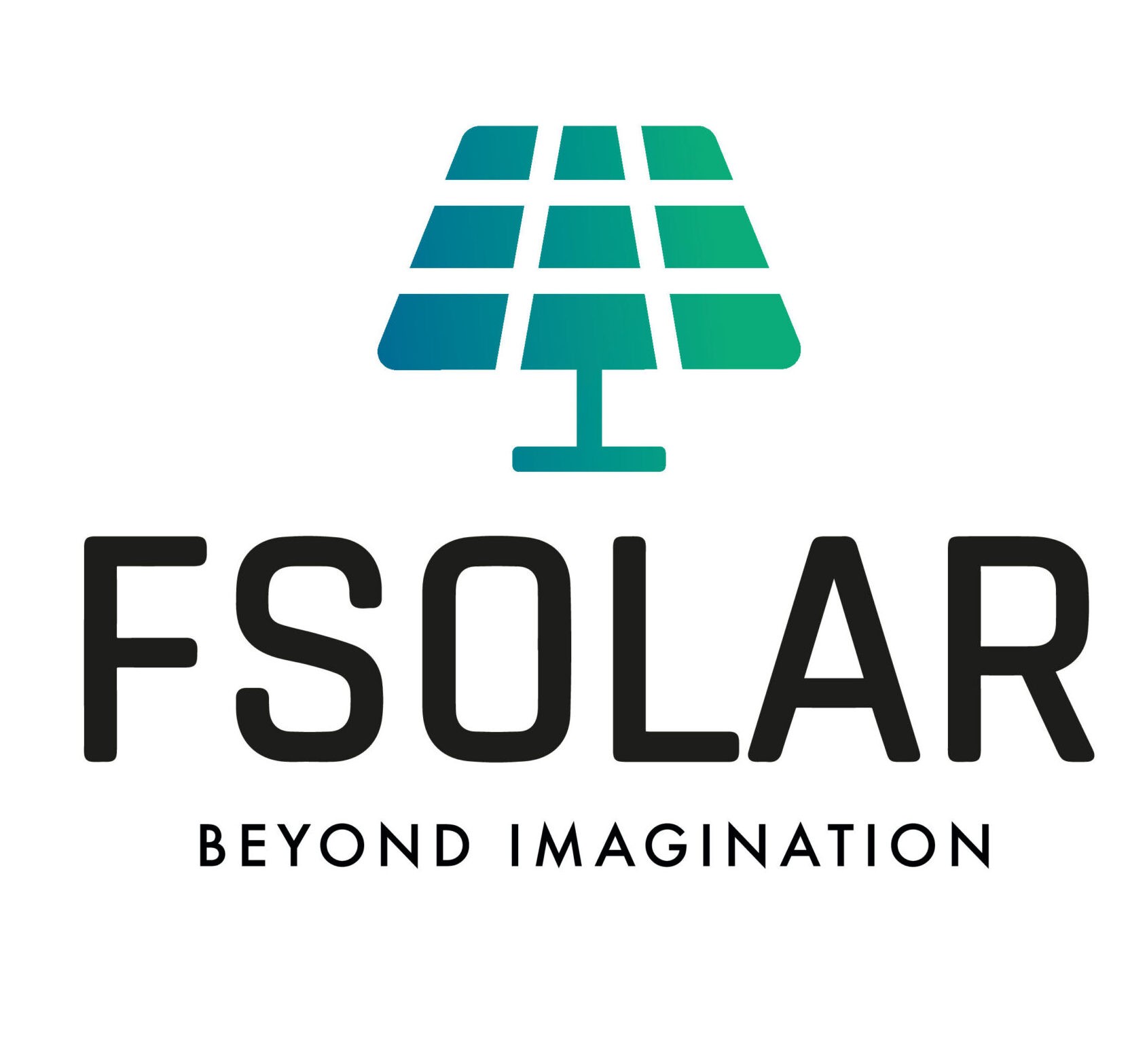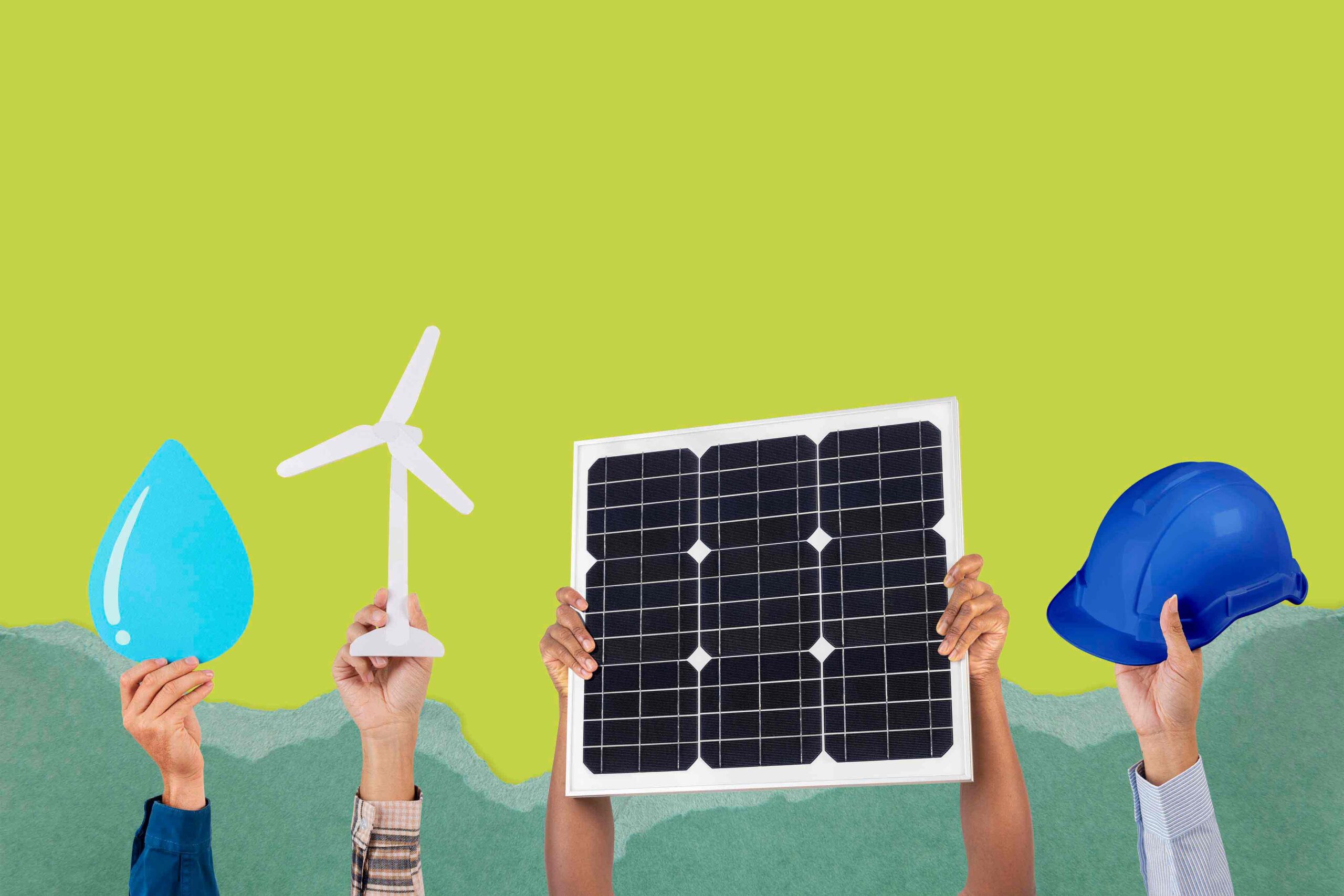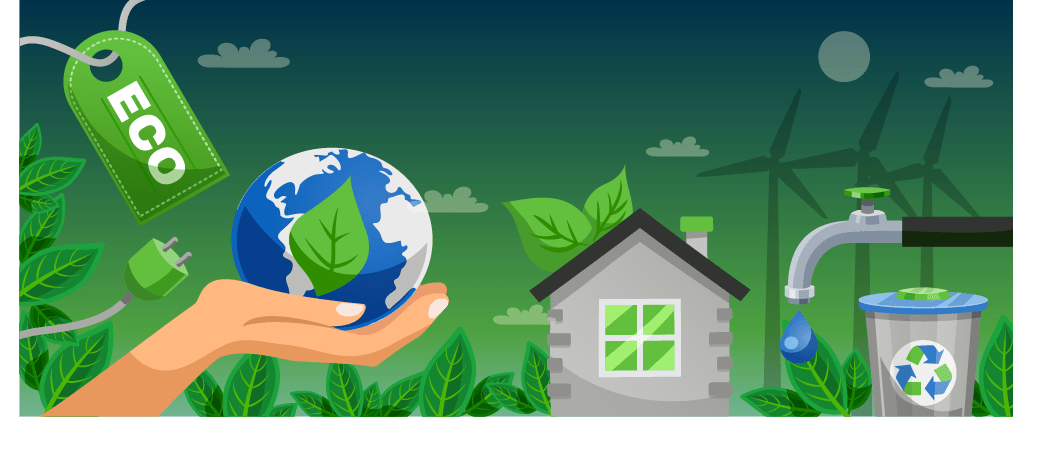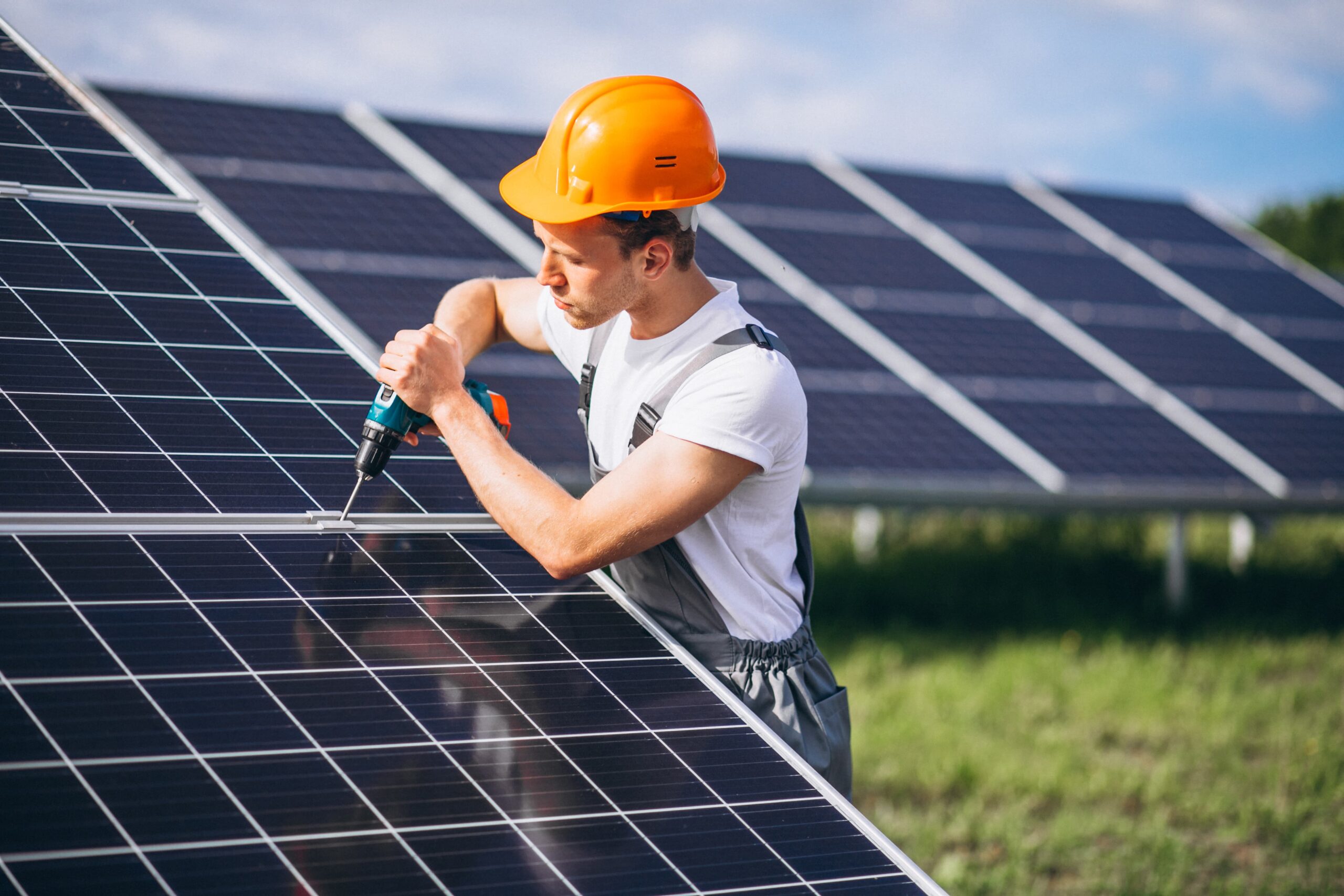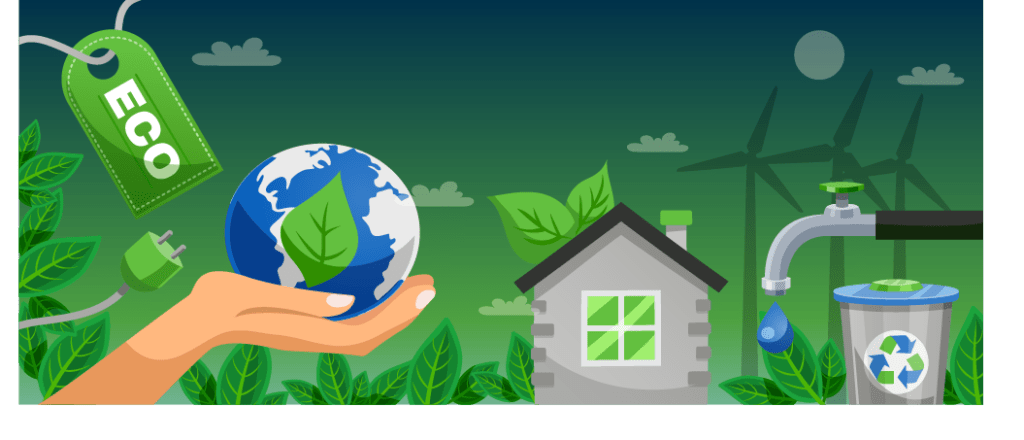Lithium batteries were first used in the 1980s and 1990s. As compared to lead-acid batteries, lithium batteries are more powerful and charge faster. Lithium is a high-end battery technology that has a longer lifespan and higher performance.
Lithium batteries are those that use lithium as their anode. During discharge, the charge travels from anode to cathode, and during charging, it moves from cathode to anode. These batteries have totally changed the portable electronics industry, including mobile phones and laptop computers. Lithium batteries are rapidly being used in electronics, electric motors, and renewable energy. Lithium batteries are used in a variety of portable consumer electronic devices, medical devices, power backups, solar batteries, and electric cars due to their lightweight, high energy density, and reliability.
The necessity for Lithium Batteries.
Lithium batteries are widely being used in new technologies. Solar energy is now cheaper than coal, and this trend will only increase. The key concern with solar systems is that they must rely on the energy grid to store excess power produced during the day and draw power from the grid at night. This is achieved because the power grid functions as a free supply of energy storage for solar panel systems. However, the industry quickly recognized that this is not a long-term sustainable choice because utilities are the most important rivals for solar.
As a result, they started to use a self-sufficient storage option to sustain the solar system’s flawless operation.
Solar energy plus storage has now gained popularity, due to the reduced cost of solar systems combined with lithium solar batteries. These batteries are highly flexible, and they can be used in wholesale energy markets to provide power and frequency control in addition to storing energy for the home. Solar plus storage with lithium batteries is now being seen as a serious choice for islands since it is less costly to use solar plus storage instead of shipping expensive and polluting oil/diesel to generate power for its citizens. Remote areas where electricity is not accessible, such as rural areas, hill stations, small stores, and so on, would benefit tremendously from the use of lithium solar batteries as a storage alternative for environmentally friendly solar systems.
Benefits of lithium-ion batteries
- Longer lifespan
- Fast charging
- Higher efficiency
- Easier installation and maintenance
Fast charging
Lead-acid batteries charge and discharge much quicker than lithium batteries. According to solar experts, a lithium battery can charge in 2 hours, while a lead-acid battery takes about 10 hours to charge a full battery. We know the incoming mobile batteries charge quickly and have a full-day backup.
Easier installation and maintenance
Lithium batteries do not need any maintenance to work properly. Some types of batteries, such as nickel-cadmium cells, require discharge to avoid memory effects. Lithium batteries, on the other hand, have no memory effect, so they do not need to be fully discharged before recharging
Longer lifespan
On average, these batteries have a lifetime of more than ten years. They can also accept over 2000 charge-discharge cycles.
In general, lithium batteries are smaller and lighter in weight. This is a significant benefit that facilitates its use in a variety of portable consumer electronic devices.
Higher efficiency
Lithium batteries have dependable, reliable, and long-lasting power. Their energy density is higher, implying that they have greater power potential. Because of its high energy density, it can be used in devices with high power needs, such as laptops and mobile phones.
